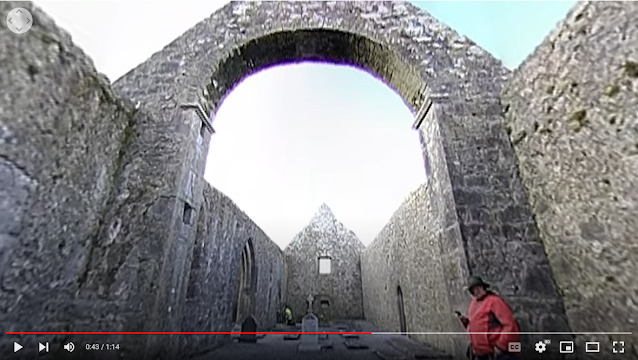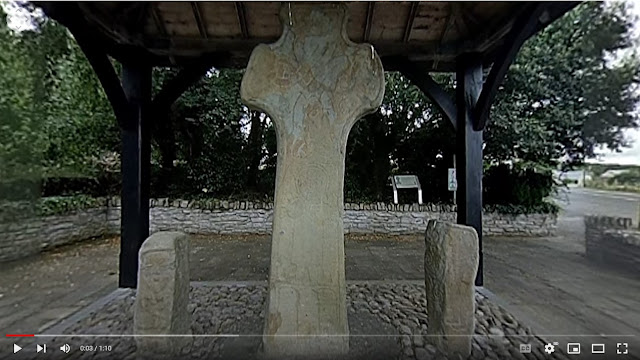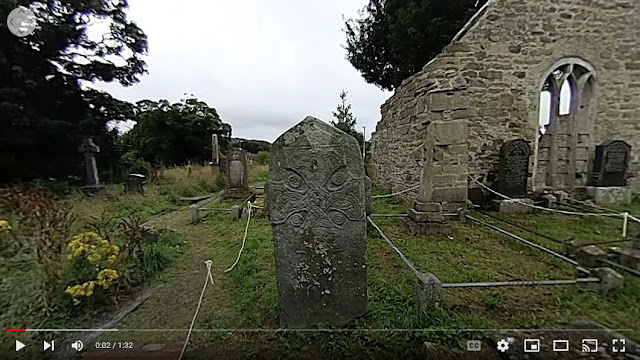Archaeology 360: Kilmacduagh Monastery. Part III: The Round Tower and Cathedral

If you've travelled with me on this 3D, 360-degree tour of Kilmacduagh, Co. Galway, you’ll have seen the O'Heyne's Church [ here ] and The Glebe House & Temple Mary [ here ] (and if not, why not? … go back & check them out … I’ll wait!). Well, now it’s time to move on to the concluding part and visit the Round Tower and Cathedral – the twin jewels of this delightful monastic site. The most striking element of the site is obviously the Round Tower. It dates to the 12th century and, standing 34m tall, it is the tallest surviving round tower. Famously, the tower deviates from the vertical and is often compared to the Leaning Tower of Pisa, mostly by people who’ve never been to Italy or seen a picture of just how much either tower actually leans. The Cathedral building has a long and relatively complex history of construction, expansion, and renovation. It appears that the west wall of the Nave is the oldest surviving portion of the building and a blocked doorway (11th-














